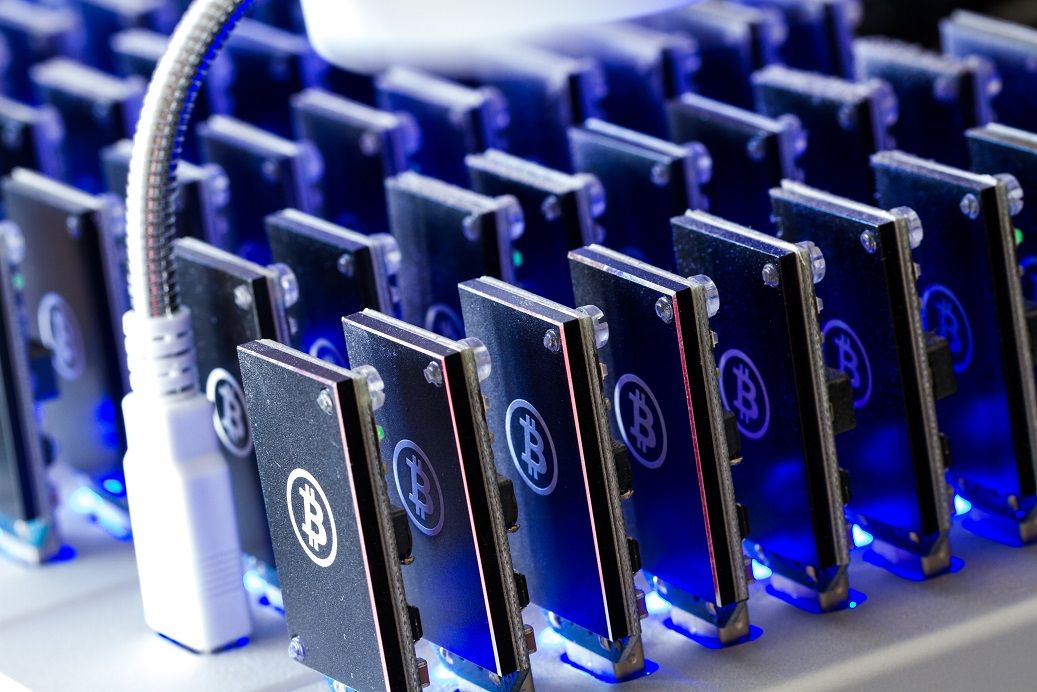Navigating Bitcoin Mining Profitability: Key Considerations for Today's Market
Bitcoin mining, the process by which new bitcoins are created and transactions are verified on the blockchain, plays a vital role in the security and operation of the Bitcoin network. However, assessing the profitability of Bitcoin mining is a complex task that requires careful consideration of various factors. In this article, we'll explore the key factors to consider when evaluating Bitcoin mining profitability in today's market landscape.
Mining Difficulty and Hash Rate:
Bitcoin mining difficulty adjusts approximately every two weeks to maintain a consistent block creation rate of around 10 minutes. As more miners join the network and the total hash rate increases, mining difficulty rises accordingly. Higher mining difficulty translates to increased computational power and electricity costs required to mine bitcoins. Therefore, monitoring changes in mining difficulty and hash rate is crucial for assessing mining profitability.
Energy Costs and Electricity Prices:
Electricity consumption is a significant operational cost for Bitcoin miners, particularly those running large-scale mining operations. The profitability of mining depends heavily on electricity prices, which vary depending on location and energy source. Miners located in regions with low electricity costs, such as hydroelectric or geothermal power, may have a competitive advantage over miners in areas with higher energy prices. Therefore, analyzing energy costs and seeking cost-effective energy solutions is essential for maximizing mining profitability.
Hardware Efficiency and Costs:
The efficiency of mining hardware, measured in terms of hash rate per unit of energy consumption (hash per joule), directly impacts mining profitability. Miners must balance the initial capital investment in mining equipment with the potential long-term returns. As newer, more efficient mining hardware becomes available, older models may become obsolete or less profitable. Therefore, staying informed about advancements in mining hardware and assessing the cost-effectiveness of upgrading equipment is crucial for maintaining profitability.
Bitcoin Price and Market Volatility:
The price of Bitcoin is perhaps the most influential factor affecting mining profitability. Higher Bitcoin prices translate to increased revenue for miners, while lower prices may render mining operations unprofitable, especially for miners with high operational costs. Additionally, market volatility can significantly impact mining profitability, as sudden price fluctuations may affect revenue and mining difficulty adjustments. Therefore, miners must closely monitor Bitcoin price movements and implement risk management strategies to mitigate exposure to market volatility.
Transaction Fees and Block Rewards:
In addition to block rewards, which are issued to miners for successfully mining a new block, transaction fees also contribute to mining revenue. As the number of Bitcoin transactions increases, so do transaction fees, providing an additional source of income for miners. However, transaction fees can vary depending on network congestion and user preferences for transaction processing times. Therefore, miners should consider transaction fee trends and optimize fee collection strategies to maximize revenue.
Assessing Bitcoin mining profitability requires careful analysis of various factors, including mining difficulty, energy costs, hardware efficiency, Bitcoin price, and transaction fees. By staying informed about market trends, optimizing operational efficiency, and implementing risk management strategies, miners can navigate the dynamic landscape of Bitcoin mining and maximize their profitability in today's market environment. While mining remains a competitive and challenging endeavor, diligent research and strategic planning can help miners achieve sustainable profitability and contribute to the security and decentralization of the Bitcoin network.






































